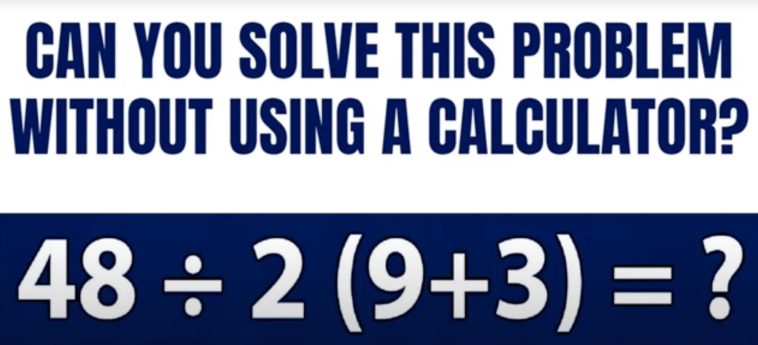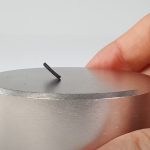Introduction:
A crucial mathematical principle is known as PEMDAS aids in accurate problem-solving.
Parentheses, Exponents, Multiplication and Division (left to right), and Addition and Subtraction (left to right) are all abbreviated as PEMDAS.
In this post, we’ll provide a clear and concise definition of PEMDAS.
The Value of Operational Order:
When we conduct arithmetic, we frequently have to perform several operations including addition, subtraction, multiplication, and division.
But if we don’t follow a set procedure, we could come up with the incorrect solution.
PEMDAS can help in this situation. It explains the steps we should take in maths in order to provide accurate results consistently.
Dissecting the PEMDAS:
First, we search for any numbers or operations included within brackets () or other brackets [].
We initially perform the computations within the parenthesis, streamlining any intricate or layered calculations.
Adversaries:
The next topic is exponents or powers. A small number printed above a number or letter that instructs us how many times to multiply it by itself is known as an exponent.
By using the PEMDAS formula, we determine the exponent’s value.
Division and multiplication
Exponents and brackets are followed by multiplication and division. If an expression contains both of these operations, we do them sequentially from left to right.
We proceed in the expression’s sequence of appearance.
Subtraction and addition:
The last two operations are addition and subtraction.
We move from left to right once more. If an expression contains both addition and subtraction, we perform them in the order they appear.
Examples of PEMDAS Illustration:
To further comprehend how it functions, let’s look at a few examples:
Example 1:
Consider the formula 3 + 4 * 2. If we didn’t adhere to PEMDAS, we might add first and arrive at 7 instead.
However, thanks to PEMDAS, we are aware that multiplication should come before addition. The correct response is therefore 3 + (4 * 2) = 3 + 8 = 11.
Let’s evaluate the phrase 6 + 4 * 32 in Example 2. Starting with the exponent, we apply PEMDAS: 32 = 3 * 3 = 9. The multiplication is then performed: 4 * 9 = 36. The final addition is: 6 + 36 = 42.
Conclusion:
A key rule for answering arithmetic problems correctly is PEMDAS.
It reminds us that different actions are sequential in nature.
Using this method, we can guarantee the precision and consistency of our computations.
Understanding PEMDAS will make maths easier to understand and learn. Keep this in mind when solving maths problems so that you can always arrive at the right answer.



